What does it mean to be incorrupt? Who are the incorruptibles?
From the earliest days of the Church, the bodies of some saints were preserved incorrupt by God, as a sign of His favour, a testimony to the holiness of the person and a promise of the Resurrection to come, the Resurrection of the body which we profess in the Creed. The preservation of some of these is remarkable, a miracle, seeing that in some cases, the clothes have rotted off them or bodies they were buried with have turned to dust but they remain supple and incorrupt and free from decay.
In this post, I'm going to highlight some of the best known incorruptibles.
St. Bernadette Soubirous
St. Bernadette is the great grandmommy of all the incorruptibles and by far, the most famous.

Bernadette died on April 16, 1879, thirty-five years old.
To the amazement of all present, Bernadette appeared exactly as she had been on the day of her death. The body was completely intact and no smell or other trace of corruption was seen on the little body in the coffin. Doctor Jourdan, the surgeon who was present for the exhumation, has left a written record in the Community archives describing what occurred:
 "The coffin was opened in the presence of the Bishop of Nevers, the mayors of the town several canons and ourselves. We noticed no smell. The body was clothed in the habit of Bernadette's order. The habit was damp. Only the face, hands and forearms were uncovered. The head was tilted to the left. The face was dull white. The mouth was open slightly and it could be seen that the teeth were still in place. The hands, which were crossed upon the breast, were perfectly preserved, as were the nails. The hands still held a rusting Rosary. The veins on the forearms stood out."
"The coffin was opened in the presence of the Bishop of Nevers, the mayors of the town several canons and ourselves. We noticed no smell. The body was clothed in the habit of Bernadette's order. The habit was damp. Only the face, hands and forearms were uncovered. The head was tilted to the left. The face was dull white. The mouth was open slightly and it could be seen that the teeth were still in place. The hands, which were crossed upon the breast, were perfectly preserved, as were the nails. The hands still held a rusting Rosary. The veins on the forearms stood out." After the identification, the Sisters washed the body and dressed it in a fresh habit. It was then placed in a new coffin lined with white silk, and lowered back into the tomb.
After the identification, the Sisters washed the body and dressed it in a fresh habit. It was then placed in a new coffin lined with white silk, and lowered back into the tomb.In August 1913, Pope Pius X authorized the introduction of the Cause for Canonization and Bernadette could now be given the title 'Venerable'. This meant that her body had to be exhumed once again. This process was however interrupted by the First World War, and the body wasn’t re-exhumed until April 1919. The process was the same as before - as were the results. The body remained intact.
In November 1923, the Pope announced the authenticity of Bernadette's virtues and her beatification could finally proceed. Consequently, a third exhumation was needed. This time, relics were to be taken from the body and sent to Rome, Lourdes and to Houses of the Sisters of Nevers throughout the world.
On April 18, 1925, this third exhumation took place. Bernadette had then been dead more than forty six years. Yet, her body remained completely incorrupt. Dr. Talon, the surgeon who removed the relics, later wrote a report about this exhumation, for a medical journal, in which he described his amazement at the perfect preservation of the skeleton and the muscles in particular, as well as the liver which - he stated - should have deteriorated entirely very soon after death, and concluded that "this doesn't seem to be a natural phenomenon".
 At the exhumation, it was noted that a small portion of the skin on the face had discolored slightly, due probably to the washing the body had received and its exposure to the organisms of the air. Consequently, it was decided to cover the face and hands with light wax masks. The firm of Pierre Imans in Paris was contacted, and they agreed to make the necessary masks.
At the exhumation, it was noted that a small portion of the skin on the face had discolored slightly, due probably to the washing the body had received and its exposure to the organisms of the air. Consequently, it was decided to cover the face and hands with light wax masks. The firm of Pierre Imans in Paris was contacted, and they agreed to make the necessary masks.On June 14, 1925, Pope Pius XI declared Bernadette 'Blessed', which meant that her relics could now be exposed for public veneration. A workshop in Lyons was subsequently commissioned to make a beautiful reliquary of silver, gilt and crystal for the body.
In July 1925, the shrine was ready. The body was clothed once more in a new habit and then transferred to the shrine. On the reliquary are depictions of the Apparitions at Lourdes, and lilies - the symbol of Bernadette's purity. Crowning the reliquary are the initials 'N.D. de L.' (Notre Dame de Lourdes), entwined around which there's a Rosary. In August 1925, the shrine was transferred to the main chapel of the convent where it can still be seen today.
But St. Bernadette is by no means the only incorruptible. Let's look at a more ancient one.
St. Zita
Saint Zita (c. 1212 - 27 April 1272) is the patron saint of maids and domestic servants. She is also appealed to in order to help find lost keys.
She was born in Tuscany, Italy, in the village of Monsagrati, not far from Lucca where, at the age of 12, she became a servant in the Fatinelli household. For a long time, she was unjustly despised, overburdened, reviled, and often beaten by her employers and fellow servants for her hard work and obvious goodness. The incessant ill-usage, however, was powerless to deprive her of her inward peace, her love of those who wronged her, and her respect for her employers. By this meek and humble self-restraint, Zita at last succeeded in overcoming the malice of her fellow-servants and her employers, so much so that she was placed in charge of all the affairs of the house. Her faith had enabled her to persevere against their abuse, and her constant piety gradually moved the family to a religious awakening.
The solemn decree of her beatification was published by Innocent XII in 1696, with the confirmation of her immemorial veneration.
 1580! How cool is that? Now, let's look at some familiar faces, some old friends we pray to each day. We'll look at St. John Mary Vianney, the Cure of Ars and patron of parish priests and St. Vincent de Paul, the Apostle of Charity.
1580! How cool is that? Now, let's look at some familiar faces, some old friends we pray to each day. We'll look at St. John Mary Vianney, the Cure of Ars and patron of parish priests and St. Vincent de Paul, the Apostle of Charity.St. Vincent de Paul
Vincent de Paul was born around 1580 in the village of Pouy in Gascony, southwest France, into to a poor peasant family. Being a highly intelligent youth, Vincent was allowed to spend four years with the Franciscan friars at Acqs getting an education. In 1596 he began theological studies at the University of Toulouse and was ordained priest in 1600 at the age of 20.

Returning by sea from a journey to Marseilles in 1605, he was captured by Turkish pirates who took him to Tunis, where he was sold as a slave. Two years later he managed to escape together with his master, a renegade whom he had converted to Christianity.
After returning to France, he served as parish priest near Paris where he founded several organizations to help the poor, nurse the sick, finding jobs for the unemployed, etc.
 Vincent de Paul died in Paris in 1660. In 1737 he was canonized by Pope Clement XII.
Vincent de Paul died in Paris in 1660. In 1737 he was canonized by Pope Clement XII. He was almost eighty years old when he died in Paris, in 1660. His body was found to be incorrupt fifty years after his death.
He was almost eighty years old when he died in Paris, in 1660. His body was found to be incorrupt fifty years after his death.St. Vincent is called the Apostle of Organized Charity. His remains now rest in a reliquary in the chapel of the Vincentian Fathers in Paris. His still incorrupt heart is enclosed on the altar of his shrine in the motherhouse of the Sisters of Charity in Paris.

St. John Mary Vianney, the Cure of Ars
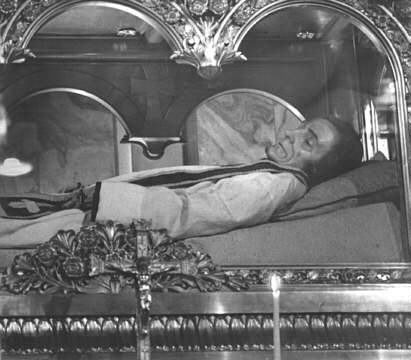
Jean Marie Baptiste Vianney was born in 1786 as the son of a poor farmer in the village of Dardilly, France. During his childhood he worked as a shepherd and didn't get any education until he was 20 years old.
John had always felt a call to the priesthood. His eventual entry into the seminary, especially the study of Latin, however proved to be very difficult and he twice failed his examination before finally being ordained as a priest in 1815. Thought to be incompetent, John was placed under the direction of another priest in the neighboring village. After the death of this priest in 1818, John was transferred to the remote tiny village of Ars to be the parish priest.
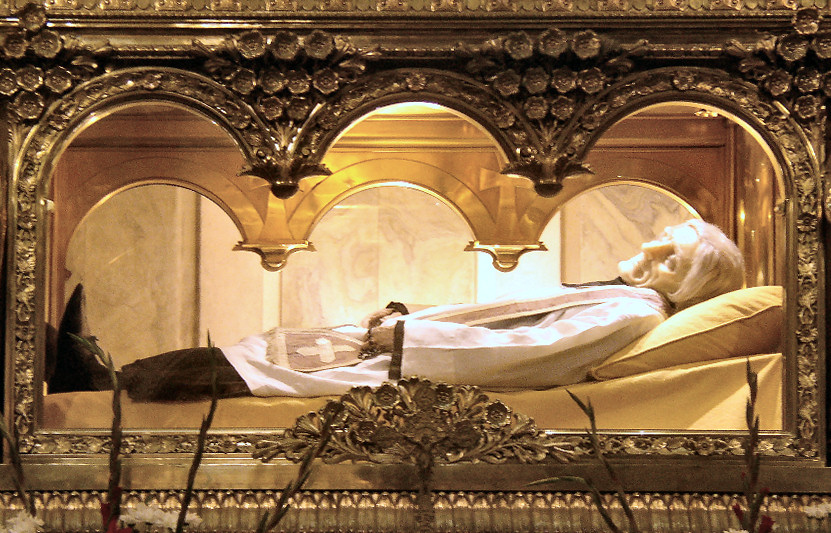 Here he lived a very ascetic life, ate the simplest food, wore old clothing and only slept two hours each night on a hard bed. The number of parishioners grew rapidly, as the word spread that this holy man could see into people's souls. People began coming to him from other parishes, then from all parts of France, and finally from other countries. Throughout France and the Christian world he soon became known as the "Cure d'Ars" (the Cure of Ars).
Here he lived a very ascetic life, ate the simplest food, wore old clothing and only slept two hours each night on a hard bed. The number of parishioners grew rapidly, as the word spread that this holy man could see into people's souls. People began coming to him from other parishes, then from all parts of France, and finally from other countries. Throughout France and the Christian world he soon became known as the "Cure d'Ars" (the Cure of Ars).
By the year 1855, Fr. Vianney was hearing as many as 20,000 confessions a year, spending 13 to 16 hours a day in the confessional. His direction was characterized by common sense, remarkable insight, and supernatural knowledge. As the news continued to spread, the sick were brought to Ars and many were miraculously cured.
During 30 years, Fr. Vianney claimed to experience frequent attacks of the devil. Voices, strange noises, threats, furniture being thrown about and many other demonic assaults took place almost every night. Besides all this external suffering, Fr. Vianney had physical ailments such as severe headaches, rheumatism, toothaches, fever and exhaustion.
The heroic self-sacrifice of Fr. Vianney eventually led to his death. At the age of 73 he began to have fainting spells. By the end of July he could no longer rise from his bed. Four days later on August 4, 1859, Fr. Vianney died.

Fr. Vianney was declared Venerable 13 years after his death. In 1904 when his body was exhumed and found to be incorrupt although the flesh had dried up and darkened. To this day the incorrupt body can be seen, encased in glass on a marble Altar, in Ars. In 1905 Fr. Vianney was declared Blessed. And finally in 1925 he became Saint John Marie Vianney.
If the Lord can preserve even mortal flesh from decay, can he not raise us back to life again at the last day? Truly these signs are meant to inspire us to believe in the power of God who had not let decay touch His servants.
Come back tomorrow for part 2.
![[Unam Sanctam]](https://blogger.googleusercontent.com/img/b/R29vZ2xl/AVvXsEiymQ2adTjpZ1ABhPBbBBquiPCxeQrc4Jy_97vOikT0wGQeJleriiXQy6ebnb0jrYe-TfvcK77txStB4aIwVAdD41ZdMkVfNtFGC0JX6LBV9B8mfeRZaIAM7Sj-011ag3DiKQzv/s1600/headerdivinemercy.jpg)















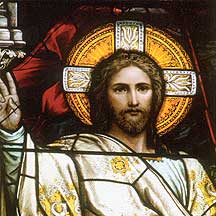
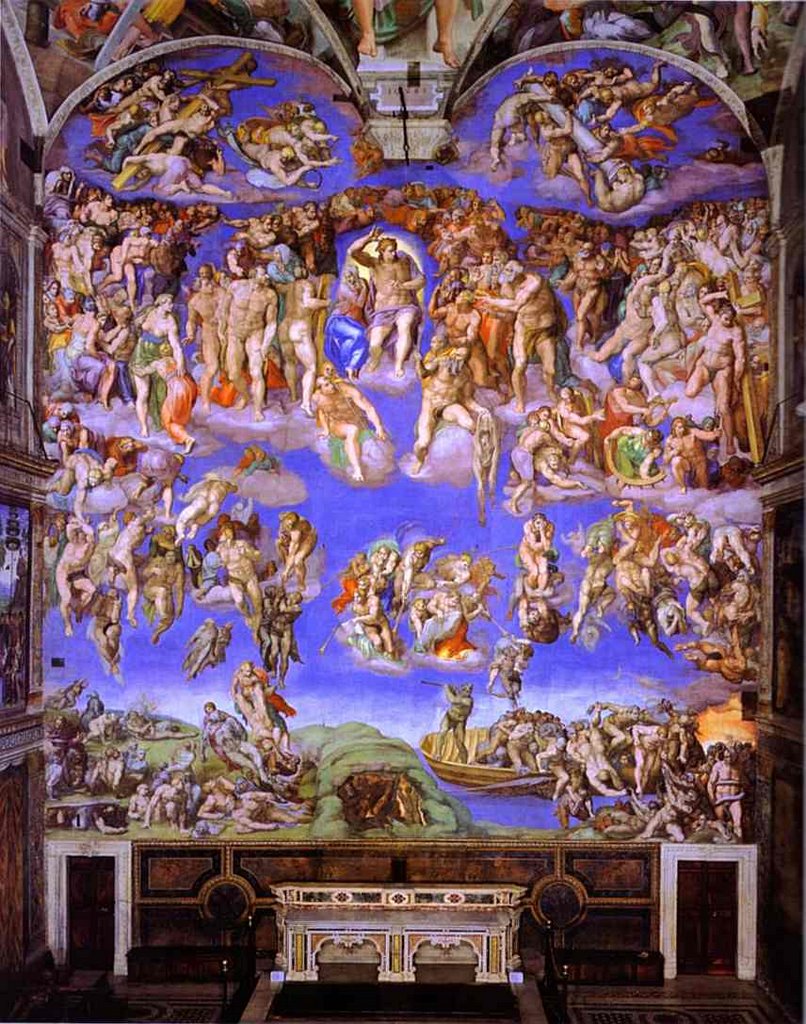


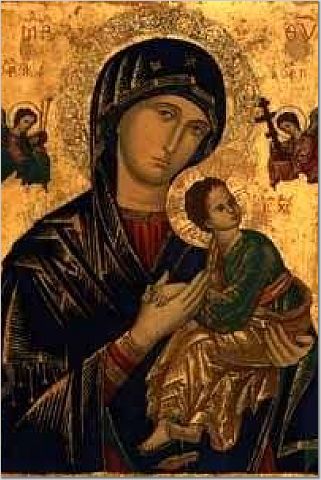



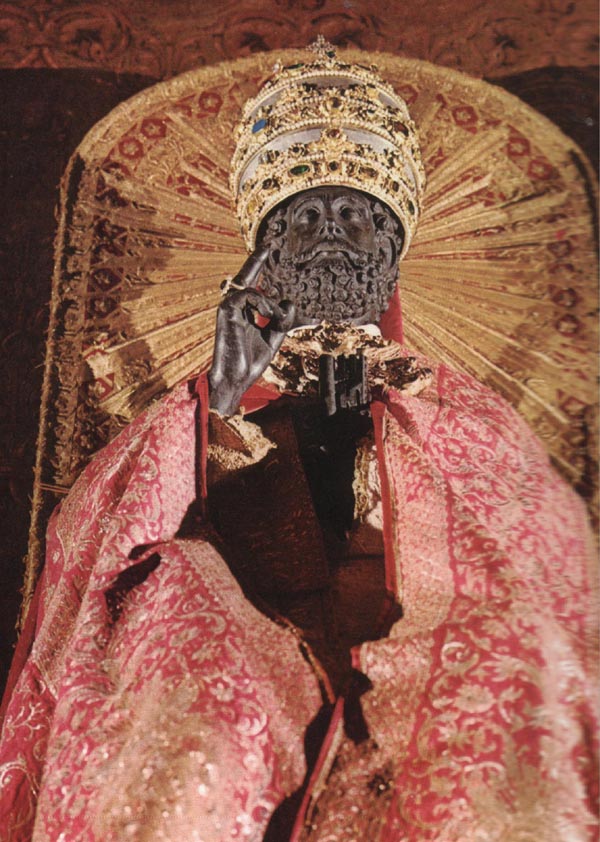
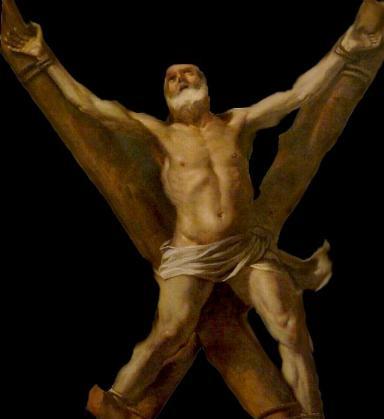

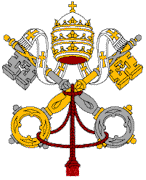


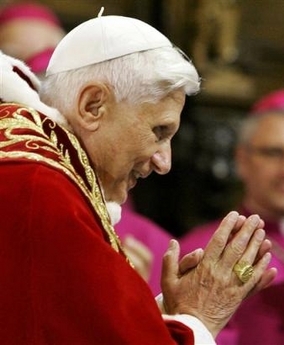






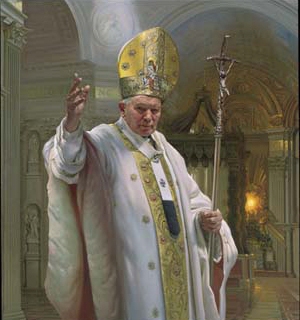
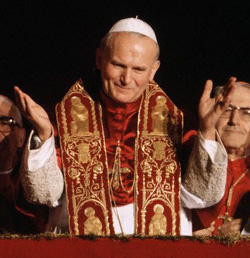
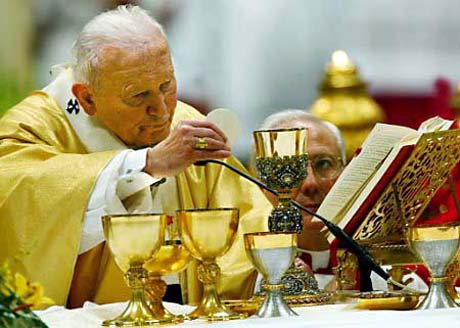







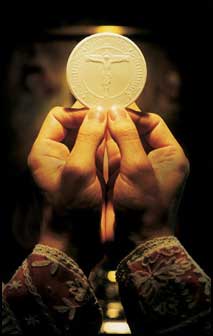
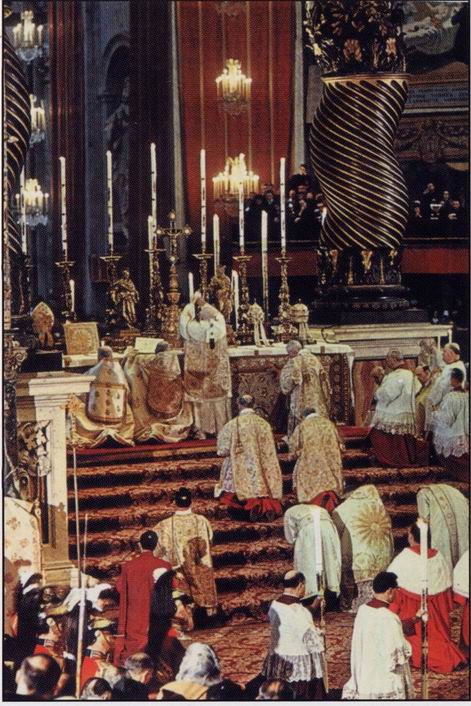

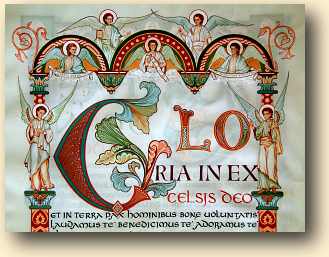

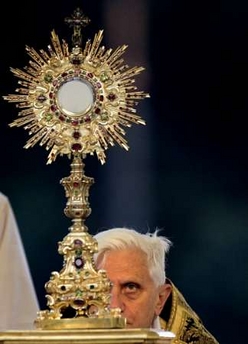


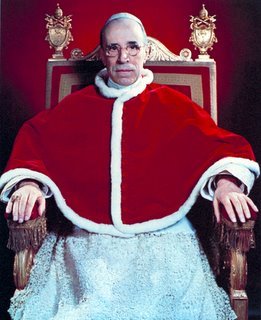




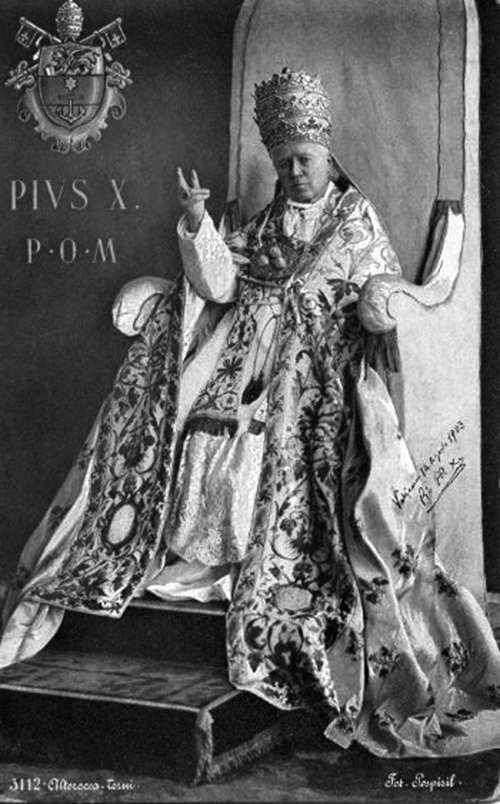



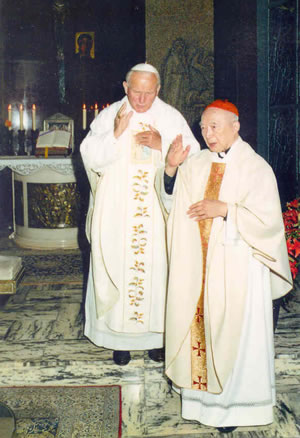






16 comments:
Grab a copy of Joan Carroll Cruz's, The Incorruptables.
You might want to check out Fr. Longenecker's Saints Preserve Us.
Nice post.
All I can think of to say is Wow!
It's amazing how they look like they just fell asleep!
....Wow.
When were those pictures taken?
Incorruptibles... amazing!
Paul, I've read that. Yes, it great. My first full intro into to this phenomenon.
Danny,my sentiments exactly. =) I guess that's why death in often called falling asleep in the Lord.
Mr. Smith, most of it is from a couple of years back, scoured from here and there.
Good one, Andrew. I too would recommend Joan Carroll Cruz's book.
...and (if I might be so bold) my own post
;-)
Thanks for the link, Mac.
I've actually read it before...and left a comment too =)
Great post and great story of your trip to Nevers. Would have loved to have been there.
Marvellous! Thank you for such wonderful pictures and stories of the eminently holy children of the Mystical Body of Christ. Deo Gratias!
DON'T FORGET BLESSED POPE JOHN XXIII whose body is on display in St. Peter's Basilica. I saw it myself! Praise be God, alleluia!
Thanks Emitte.
Nick, I didn't include Pope John XXIII because he was embalmed and the Vatican refused to acknowledge anything supernatural. The others though, were not embalmed in anyway and were buried in the earth. You're lucky to have been in St. Peter's. I wish I could go there one day.
I would like to know if God is preserving these bodies, why the need for wax masks to keep 'dark areas' from occurring? I don't think that merely washing the bodies could stop God from preserving them if He so desires.
As for the comment that these 'miracles' are to demonstrate the resurrection, Paul wrote in 1 Corinthians 15:42-43, "42 So also is the resurrection of the dead. It is sown in corruption; it is raised in incorruption:
43 It is sown in dishonour; it is raised in glory: it is sown in weakness; it is raised in power:" -- are these people on a par with Jesus, Himself?
Paul wrote in reference to Jesus in Acts 13:36-38, 36 "For when David had served God's purpose in his own generation, he fell asleep; he was buried with his fathers and his body decayed. 37But the one whom God raised from the dead did not see decay."
The reason that Jesus did not see decay is that He was PERFECT and not a recipient of the curse. As far as I know, no other person can meet that standard. Jesus layed down His life and therefore took it up again -- He stated this truth -- He did not die as the result of sin.
Paul stressed in both chapters 3 and 5 in the Romans that 'all have sinned.' I would assume that includes the so-called incorruptibles, also.
One must test all things against the Scriptures as Paul commended the Bereans for doing regarding even his own teachings in Acts 17:11. There is another power at work here -- the great deluder.
Van Ness Rose, I would answer by saying that those sort of accusations have been made before..in scripture:
"As they went out, behold, they brought to Him a man, mute and demon-possessed. And when the demon was cast out, the mute spoke. And the multitudes marveled saying, "It was never seen like this in Israel!" But the Pharisees said, "He casts out demons by the ruler of the demons." (Matthew 9:32-34).
It was so nice of you to spread the good news. It made me thought of becoming a saint too one day. I hope everyone can have a glimpse of these, it is just so amazing. I actually have copied the pictures just to remind me of this truth.
Thaks Andrew... I enjoyed reading your post...
Haha, thanks. I'm glad you enjoyed them. All of us are called to be saints and if I'm so blessed, by the grace of God, I too hope to see u in Heaven.
Andrew, I found your site a year ago when I was looking up incorruptibles online. Your Blog is very beautiful and I love your humor. And I love your expressions of devotion to The Roman Catholic Faith.
Post a Comment